27th August 2020
Moving traffic offences explained
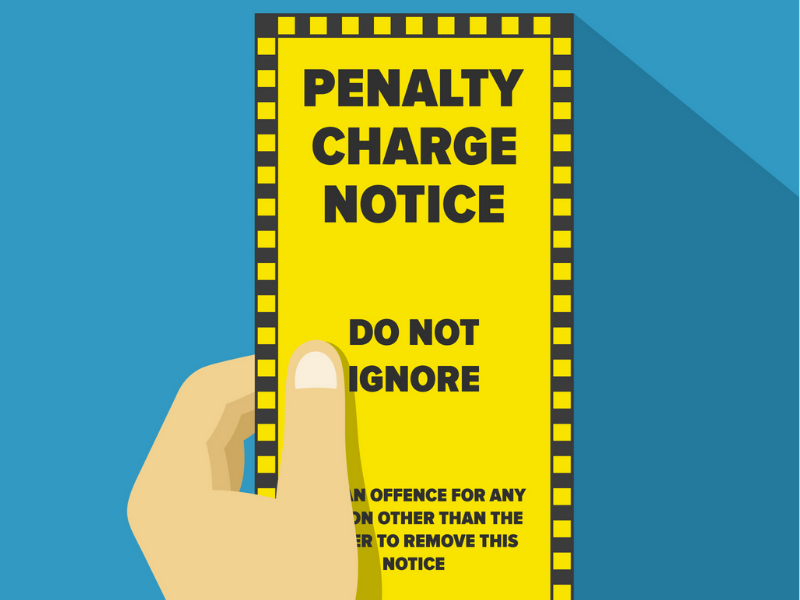
Did you know that you could be fined up to £130 for unlawfully stopping in a yellow junction box?
In order to increase walking and cycling in England, the Government is planning to give new powers to local authorities to enforce moving traffic offences, which could result in millions of drivers facing penalties for minor offences.
At the moment, only Transport for London, boroughs in the capital and Cardiff Council have the powers to enforce moving traffic offences but the Department for Transport plans to extend enforcement powers to all local authorities in England and Wales.

The new enforcement powers planned, will allow local authorities, rather than the police, to enforce against moving traffic offences such as disregarding one-way systems or entering mandatory cycle lanes.
The Government is proposing that motorists be issued with a warning for a first offence, and fines for subsequent offences.
In our guide below, we explain the moving traffic offences you need to be aware of, in order to avoid receiving a Penalty Charge Notice (PCN).
Banned turns
Certain manoeuvres (turns) are banned on some of our roads. Ignoring these bans can be very dangerous and could result in an accident.
A banned turn occurs when drivers ignore signs giving instructions as to a direction they must or must not take. Enforcement of banned turns helps to manage how traffic uses the road and makes it safer for pedestrians and other drivers.
Banned turns are enforced with a camera and you will receive a penalty charge notice through the post.

How to avoid a Penalty Charge Notice (PCN)
Banned turn signs can be prior to a junction, at the junction or attached to traffic lights. The best way to avoid receiving a PCN is to fully familiarise yourself with all road traffic signs in the Highway Code and look out for the above signs at all times. Sometimes some class of vehicles, for example buses, can make an otherwise banned turn and these vehicles will always be shown on the regulatory signs.
Failure to comply with a no entry sign
You must not pass a No Entry sign.
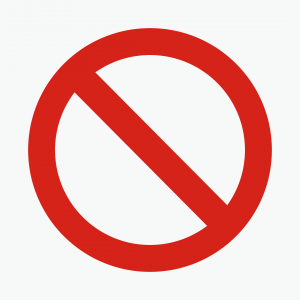
Authorised vehicles can pass these signs if it is a permitted class to do so, the types of vehicle permitted to enter will always be shown by additional signage.
Blocking a yellow box junction
Yellow box junctions are indicated by yellow crisscross lines painted on the carriageway
Drivers can be fined up to £130 for unlawfully stopping in a yellow box, though most PCNs issued will halve this cost if paid within a fortnight of the ticket being issued.
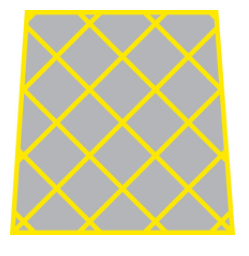
They are placed at busy junctions to aid the flow of traffic through the junction. They can also be placed to keep a road space free to ensure emergency services have a clear exit from fire stations and hospitals.
Using a box junction
You may enter a yellow box junction when your exit is clear and there is enough space on the other side of the junction for your vehicle to clear the box completely without stopping. You can stop in a yellow box junction when turning right if you are prevented from turning by oncoming traffic, or by other vehicles waiting to turn right.

How to avoid a Penalty Charge Notice (PCN)
- Check your exit is clear. If you simply follow the vehicle in front of you without doing so it may stop and prevent you from fully crossing the junction.
- Just because a traffic light is green this does not mean the rules of box junctions do not apply.
- Don’t let other drivers pressure you into entering the box when a clear exit is not available
Driving in a bus lane/bus gate
You must not drive or stop in a bus lane during its period of operation unless you are letting passengers in or out of your vehicle. Some vehicles are exempt, such as bicycles and taxis. These will be indicated on the signage.
You are permitted to cross a bus lane to enter a side road but not travel along the bus lane to do so .
This is enforced with a camera and you will receive a penalty charge notice through the post.
Vehicles must have a minimum of 9 passenger seats to qualify as a bus.
Driving in bus gates
A bus gate is a length of street that effectively creates a shortcut for buses that reduces travelling time for passengers by removing through traffic. On some occasions other vehicles may also be permitted to use a bus gate and these will always be shown on the regulatory signage. You should not drive in a bus gate during its period of operation unless you are authorised to do so.
How to avoid a Penalty Charge Notice (PCN)
Make sure you are familiar with all signage relating to bus lanes and bus gates:

Prohibitions on certain types of vehicles
Not all roads are suitable for certain types of vehicles, or sometimes vehicles are not permitted (banned) to drive in certain areas to ensure the free flow of traffic, for environmental reasons or due to safety concerns.
Signs with red circles are normally prohibitive. Sometimes there are times when otherwise prohibited vehicles may be permitted to drive in these roads.
Below we list information on the different types of signs and some of the most common exemptions:
No Motor Vehicles
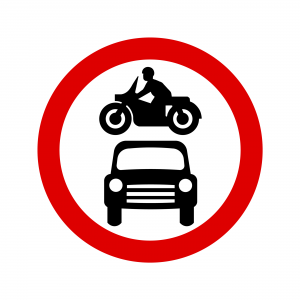
No Vehicles except bicycles being pushed
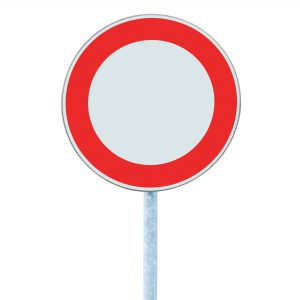
No Goods Vehicles exceeding the Maximum Gross Weight Shown on the sign
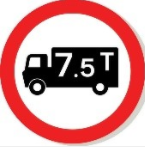
No Motor Vehicles except motorcycles
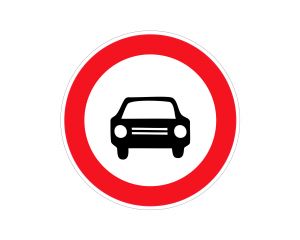
Common Exemptions
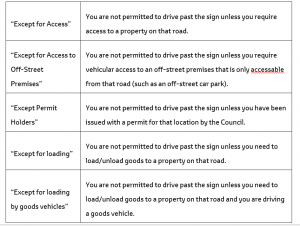
How to avoid a Penalty Charge Notice (PCN)
Make sure you are aware of what type of vehicle you are driving so you know which sign applies to your vehicle and make sure you know the meaning of the different types of exemptions that may be present and check if any apply.
Moving Traffic Offence – PCN enforcement process
Where an Enforcement Authority believes that a moving traffic offence has occurred, it may serve a Penalty Charge Notice on the person appearing to them to be the owner of the vehicle.
This is usually the person registered as the keeper at the Driver and Vehicle Licensing Agency (DVLA). The owner is usually, but not always, liable for the penalty whoever was driving. This is known as Owner Liability.
The local authorities commonly use cameras to detect moving traffic offences.
The Penalty Charge Notice will usually be served by post.